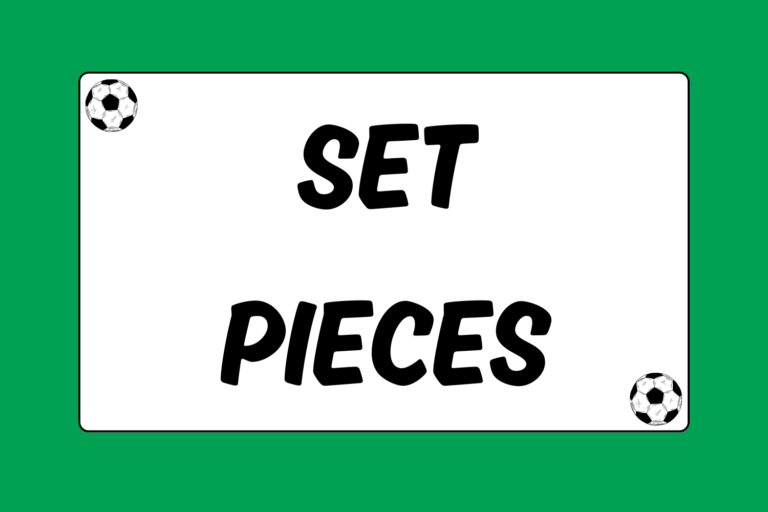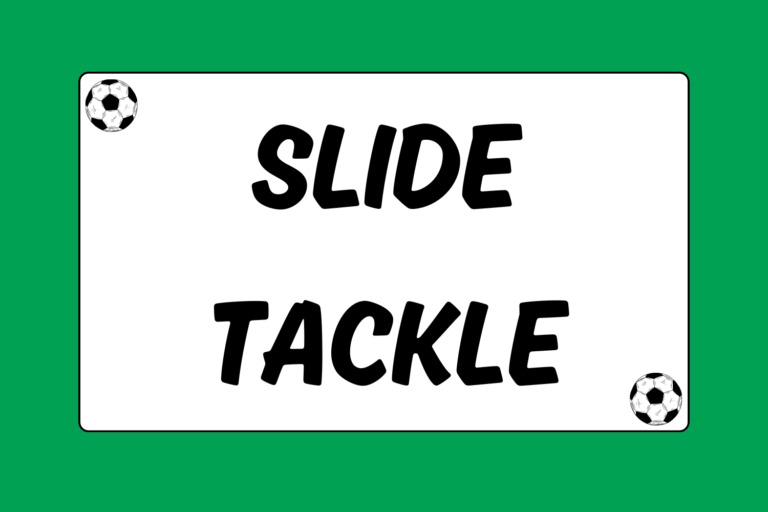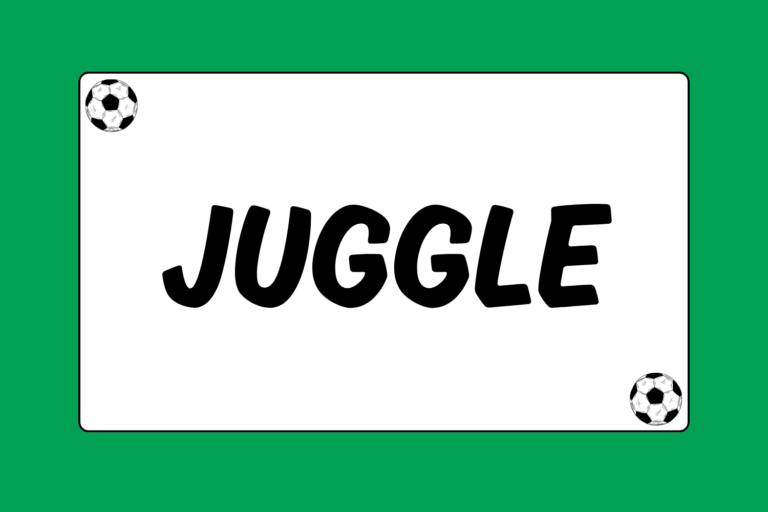It’s hard to argue against defender as the most important position in soccer. Defenders don’t always get the glory, and rarely get the chance to have their feet on the ball. However, a team with strong defenders, capable of routinely marking tough strikers, has a distinct advantage on the field.
If you are learning to play defender in soccer, you will quickly understand why you have the most important job on the field. It’s essential for new defenders to develop a few skills that are crucial to the position. The following tips can help any player grow into the anchor of a team’s backline.
Know Your Position
Soccer defenders play from the end line to the midfield line. They fall back when the opposing team is threatening, and remain near the midfield line when the ball is kicked forward for a counter-attack. And the key to becoming a solid soccer defender — regardless of what specific position you play — is knowing your assignment and staying in your zone of the field.
The most common soccer formations utilize four defenders. Usually these formations include two wing defenders, a center back and a sweeper; in some cases, teams will rely on two central defenders to clog up the middle in front of the goal. Regardless of the formation, each defensive player has a unique set of responsibilities which are outlined below.
Center back
Center back is perhaps the busiest position on the field:
- They must defend the zone in front of the goal, usually a high-traffic area.
- They have to mark the shiftiest attacker while staying aware to deflect or intercept dangerous crossing passes.
- They must be rugged enough to tackle offensive players and break up mounting attacks before they turn into scoring opportunities.
For these reasons, coaches often put their best athletes at the center back position. They must be tough enough to challenge attackers, and quick enough to recover when an opponent makes a sharp cut toward the net.
Wing Defender
Wing defenders must be versatile enough to contain attacks along the wing, and then quickly collapse into the center of the defense to intercept crosses. Wing defenders are tenacious man-markers who don’t get over-aggressive or make costly mistakes. They play containment, get low to the ground, and cycle dribblers toward help or toward the sideline.
Sweeper
While the sweeper is technically part of the midfield, his role is vital to effective defense. The sweeper often marks the opponent’s toughest attacker, and he must be a willing tackler in the middle of the field. The sweeper works with the defensive unit, falling back into vulnerable areas of the field. He also looks up quickly for a counter-attack after gaining possession of the ball.
Be a Barrier
The primary objective of any soccer defender is to stop the opponent from scoring. For beginner soccer players just learning how to play defense, the best way to do this is to obstruct the path of the opposing forward to the goal.
Defenders marking an individual player should always be aware of where the goal is, and stay between it and the offensive player. Quick feet are crucial, allowing defenders to sidestep or shuffle and stay in front of the player being marked. Good defenders are also aware of nearby attackers, and can accurately anticipate both a pass and run.
Contain Pressure
The goal for a defensive unit is to contain the opponent’s best offensive players. One of the most common mistakes made by newer defenders is overcommitting — when defenders sprint or over-pursue in their haste to get to the ball, and end up out of position.
To prevent overcommitting, it’s important for defenders to slow down and think about containment. Defenders should be telling themselves to…
- Get low to the ground when approaching a dribbler
- Steer the dribbler toward a teammate or the out-of-bounds line
- Shuffle with quick feet to contain the movement of the offensive player
- Tackle the offensive player as he slows down in response to your pressure
Containment is achieved by denying the dribbler any room to maneuver. In most cases, this will slow down the attack, enabling a defender to help apply pressure or tackle the forward. Containment defense is one of the most important fundamentals of defensive soccer, and should be practiced regularly in drills.
Mental Edge
Applying pressure forces an attacker who receives the ball to shield the ball from the defense, instead of immediately looking to taking a shot. A good defender will ensure the attacker makes a negative first touch, meaning they move away from the goal.
Work as a Unit
Defenders have to maintain their position on the field relative to the other players in the defensive unit. That means being spread out along the backline, but not being too far from the midfielders in front of you or the defenders to your side. An attentive goalkeeper can also help a defender stay in the right position, or mark an open man. Playing with space lets defenders cover as much of the field as possible, while be able to close quickly when an attacking forward approaches.
All players in a defensive unit should always be aware of where they are in relation to the goal, their defensive teammates, and the midfielders ahead. They should always look up after dispossessing an opponent, and be able to clear the ball quickly or patiently work it up field.
The Attributes of a Defender
Defenders have to be quick, agile, aggressive, and smart. They must be willing to use their bodies to deflect passes and shots, and have the toughness to tackle sturdy forwards. For these reasons, defenders are often physical, fast players who keep their bodies in top condition.
However, it’s more important to have the right mindset to play defense than it is to have the physical attributes. Defenders must be unafraid to put their bodies on the line to snuff out an attack. No matter how large or small, defenders are often the toughest players on the field.





